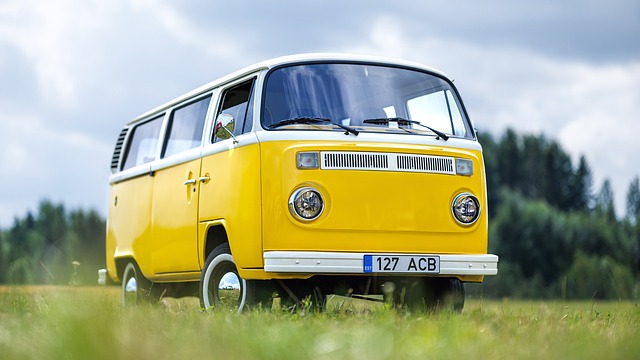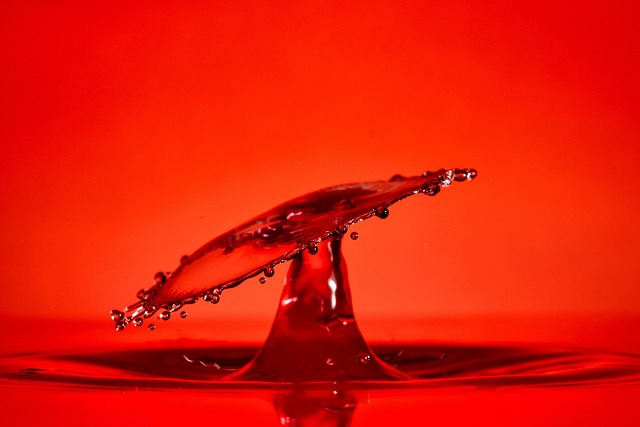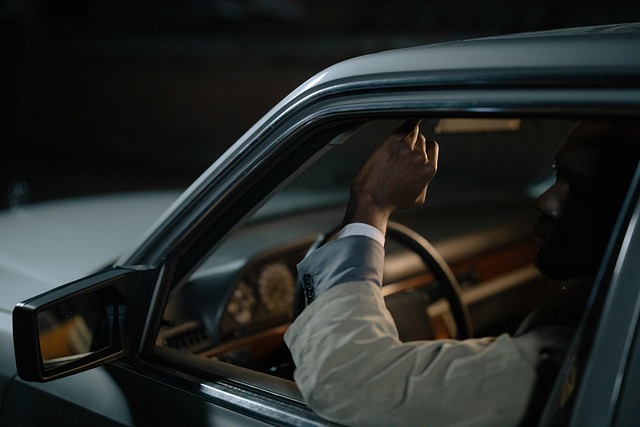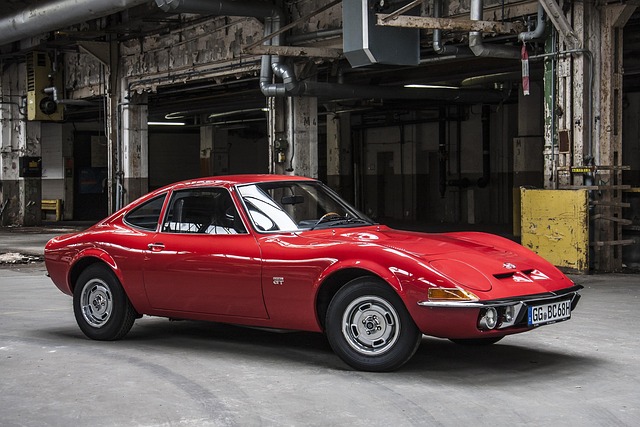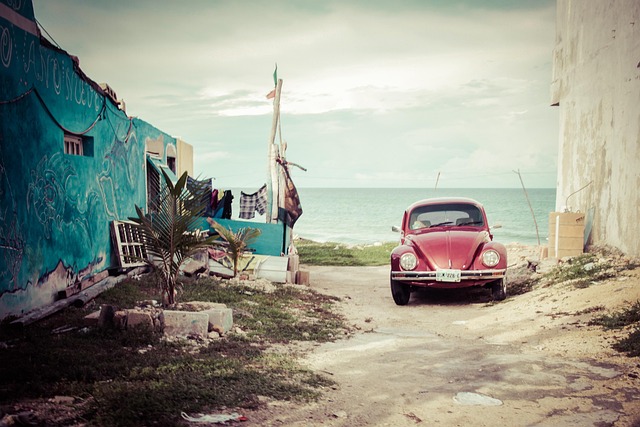Vinyl Wrap vs. Paint: Which Is the Superior Choice for Your Vehicle?
When it comes to enhancing and protecting your vehicle’s appearance, the debate between vinyl wrap and traditional paint jobs is more relevant than ever. Both methods offer unique benefits and drawbacks, making it essential to understand each option before making a decision. In this post, we’ll explore the pros and cons of vinyl wrapping versus painting, helping you determine is vinyl wrap better than paint?
Understanding Vinyl Wrap
Vinyl wrap involves covering your vehicle with a thin layer of colored or patterned vinyl. This method has gained popularity due to its versatility and ease of application.
Pros of Vinyl Wrap
- Cost-Effective: Generally, vinyl wrap is less expensive than a full paint job, making it a budget-friendly option for many car owners.
- Variety of Designs: Vinyl wraps come in an endless array of colors, finishes, and textures, including matte, gloss, and carbon fiber, allowing for personalized aesthetics.
- Reversible: If you decide to change your vehicle’s look, vinyl wrap can be removed without damaging the original paint beneath.
- Quick Installation: Unlike paint jobs that can take days or weeks to complete, vinyl wraps can often be installed in a matter of hours.
- Protection: Vinyl wraps provide a protective layer against UV rays, minor scratches, and other environmental factors.
Cons of Vinyl Wrap
- Durability: While vinyl wraps are durable, they typically last between 5 to 7 years, which is shorter than the lifespan of a quality paint job.
- Maintenance: Special care is required to maintain a vinyl wrap, and improper cleaning can lead to fading or damage.
- Limited Repair Options: If a section of the wrap gets damaged, it may be challenging to repair without replacing the entire wrap.
Exploring Traditional Paint Jobs
Painting a vehicle involves applying a layer of paint directly onto the car’s surface. This traditional method has been used for decades and comes with its own set of advantages and disadvantages.
Pros of Traditional Paint
- Longevity: A high-quality paint job can last 10 years or more, depending on the materials used and the care provided.
- Customization: Paint can be mixed to create unique colors and finishes, offering endless customization options.
- Value Retention: A well-executed paint job can enhance the resale value of your vehicle, as it indicates care and attention to detail.
- Repairability: Scratches and chips can often be repaired by touching up the paint, making maintenance easier.
Cons of Traditional Paint
- Cost: A full paint job can be significantly more expensive than a vinyl wrap, especially if high-quality materials are used.
- Time-Consuming: Painting a vehicle requires more time for preparation, application, and drying, which can leave your car off the road for several days.
- Potential Damage: If not done correctly, paint jobs can lead to issues such as peeling, bubbling, or fading, which can be costly to fix.
Making the Decision: Vinyl Wrap or Paint?
Deciding between vinyl wrap and paint ultimately depends on your individual needs, preferences, and budget. Here are some factors to consider:
Budget
If you are looking for a cost-effective solution, vinyl wrap might be the better option. However, if you’re investing in a long-term enhancement, traditional paint could be worth the extra cost.
Longevity
For a vehicle you plan to keep for many years, a quality paint job may provide better longevity. Conversely, if you enjoy changing the look of your vehicle frequently, vinyl wrap allows for easy customization.
Maintenance and Care
Consider how much time and effort you’re willing to invest in maintaining your vehicle’s appearance. Vinyl wraps require specific cleaning methods, while paint jobs typically require less specialized care.
Personal Style
Your personal style plays a crucial role in this decision. If you want bold colors or unique textures, vinyl wraps offer a wide variety. If you prefer classic, timeless looks, a traditional paint job may be more appealing.
Conclusion
In conclusion, both vinyl wrap and paint have their own merits and drawbacks. The choice between them ultimately hinges on your specific needs, preferences, and budget. Whether you’re drawn to the versatility of vinyl wraps or the durability of traditional paint jobs, making an informed decision will ensure your vehicle looks its best for years to come. So, is vinyl wrap better than paint? The answer depends on what you value most in your vehicle enhancement journey.


